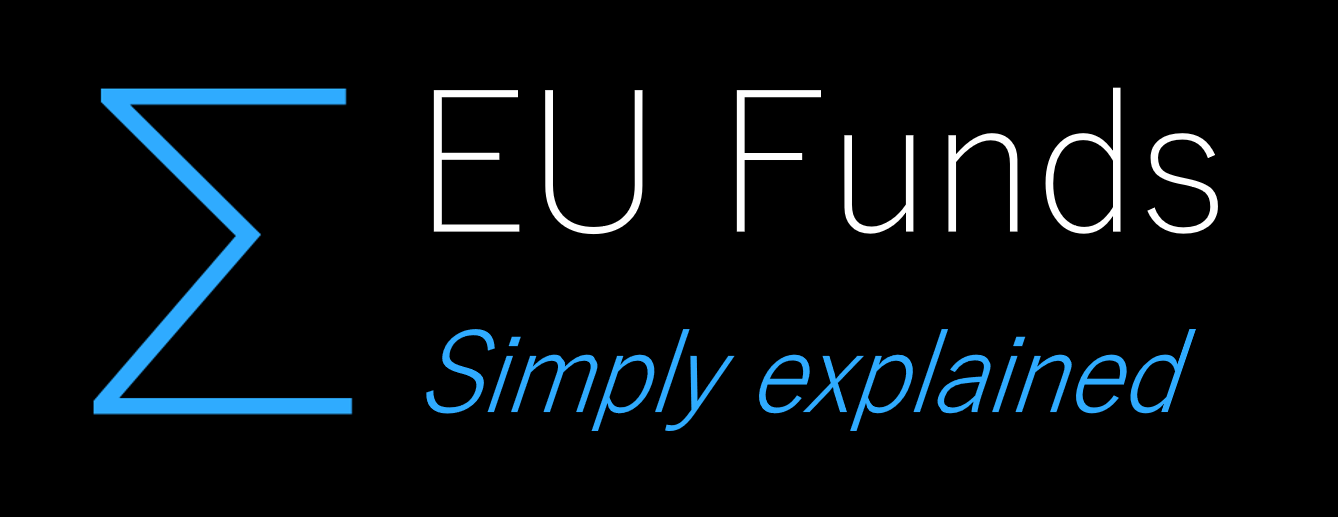Depending on the programme and type of action, there are different kinds of EU grant participants. Entities can participate in various roles: as coordinator, beneficiaries, affiliated entities, associated partners, in-kind contributors, subcontractors or recipients of financial support to third parties. This mostly applies to Horizon Europe and Horizon 2020.
| Type | Works on project? | What is eligible? | Must be in Annex 1? | Conditions for participation | GA article |
| Beneficiary | Yes | Costs | Yes | Must be eligible for funding | Art. 7 |
| Affiliated entity | Yes | Costs | Yes | Must be affiliated or have a legal link and be eligible for funding | Art. 8 |
| Associated partner | Yes | Nothing | Yes | No specific conditions | Art. 9.1 |
| Third party contributing to the project | Participates in the project as contributor | Costs | Yes | No specific conditions | Art. 9.2 |
| Subcontractor | Yes | Invoiced price | Yes | Must be best value for money, avoid conflict of interest | Art. 9.3 |
| Third party receiving financial support | Participates in the project as recipient | Amount of support given | Yes | According to the conditions in Annex 1 GA | Art. 9.4 |
Below further information about EU grant participants from the Horizon Europe Model Grant Agreement:
Coordinator vs other beneficiaries
The coordinator is the beneficiary which is the central contact point for the granting authority and represents the consortium (towards the granting authority). For mono-beneficiary grants, the mono-beneficiary also has the coordinator role. The other beneficiaries are the other entities that participate as beneficiaries (i.e. also sign the grant).
Beneficiaries vs affiliated entities
Affiliated entities (new for 2021-2027; previously called ‘linked third parties’) are in practice treated largely like beneficiaries (except that — formally speaking — they don’t sign the GA). They must fulfill the same conditions for participation and funding as the beneficiaries and need to have a validated participant identification code (PIC; see Online Manual, Participant validation). Annotations in this AGA which refer to beneficiaries usually also apply to affiliated entities (just like the provisions of the MGA themselves; see also MGA Preamble).
Subcontractors vs suppliers of goods, works and services
The core criterium for distinguishing between subcontracts and contracts/purchases is whether it concerns an action task as set out in the description of the action
Subcontractors and purchases vs affiliated entities
In contrast to subcontractors, affiliated entities have a link (e.g. legal or capital) with a beneficiary which goes beyond the implementation of the action.
Contributions against payment vs in-kind contributions (for free)
In some projects, third parties make available some of their resources to a beneficiary without this being their economic activity (i.e. seconding personnel, contributing equipment, infrastructure or other assets, or other goods and services).
This can be done against payment or for free. If against payment, the cost paid can be charged by the beneficiaries to the project (e.g. A.3 Seconded persons, C.2 Equipment and C.3 Other goods, works and services); if for free, there are no costs that arise for the beneficiaries, so nothing can be charged to the project (exception for HE: in-kind contributions for free can under certain conditions be declared as eligible costs, see Article 6.1 HE MGA).













